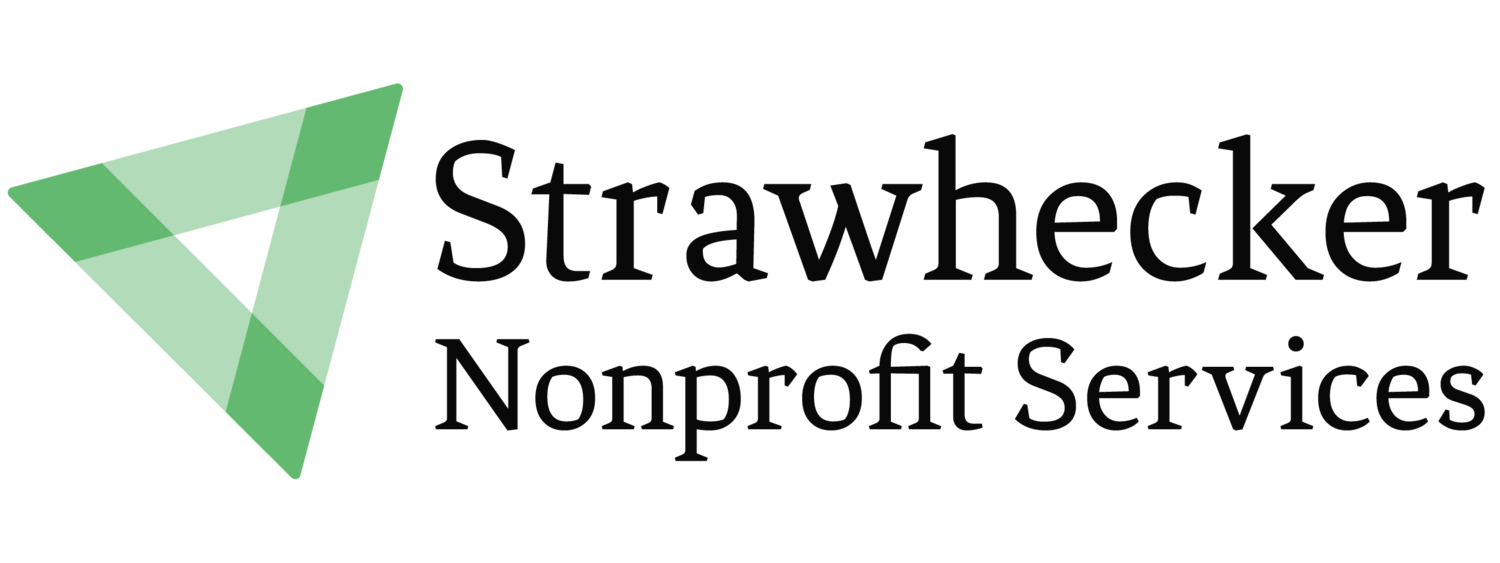The Care and Feeding of Your Donor Database
Your donor database is a nonprofit fundraisers' most important tool.
It can also their biggest headache.
The key to having a good relationship with your data is upkeep. You cannot ignore your data for months and expect it to be in shape for your annual event or year-end mailing at a moment’s notice. Here are a few tips on how to care for and continue to build this vital tool.
Just Ask
Yesterday’s standard practices and etiquette for addressing donors should make way for more donor-driven information. When you send a mailing, consider asking if we have their name(s) listed the way they like? Which spouse should be listed first? Do they prefer a legal name or nickname? Do you have their preferred prefixes and suffixes? Most databases offer options for customizing this information, with some providing several situational options, such as a formal or informal salutation depending upon who your communication is coming from. Don’t let your default settings be at fault for hindering a donor’s relationship with your organization.
Keep in Touch
Fundraising staff are often in touch and learning more about their donors. Be sure to share key information like birth dates, anniversaries, deaths, major moves and even job titles and employers with your record-keepers. Especially as consumers have left land-line phones and shifted to use of mobile phone numbers, you need to share back that information for the organization’s use. Most databases can accommodate such information in ways that allow it to be used in individual and even market segment contacts.
3. Note Preferences
Most databases now have opt-in or opt-out designations when people prefer only digital communication. Many nonprofits have moved toward all-digital newsletters and appeals. But don’t forget to check the preferences for those who do not use digital communication. Knowing how many people this impacts and identifying ways you can accommodate their wishes is still important. These little things can make a big impression on your donors.
Keep It Clean
Depending upon your database size and staffing, you will want to include some routine housekeeping in your data schedule. Setting time to run lists for internal on a set schedule could help minimize duplicate records, addresses at which mail has been returned, and inactive phone numbers and U.S. Postal Service verified address formats. Larger organizations may have funding to uses services that screen for such inconsistencies, but even the smallest would benefit from some do-it-yourself clean-up.
These tips are important first steps. To fully work your database for annual and specialized appeals, fundraisers can use donor segmenting, a/b message testing, and exploring blended media options. But success will be built upon a firm foundation of donor information.

